Fokker E. V, Eduard, 1:48, pilot Gefr. Kurt Blümener, Jasta 6,
The first model this year was a very pleasant relaxing build to be of greater problems. I can only recommend it for lovers of the great war planes who don't like strings.
Although the Fokker E.V, better known as the D.VIII, still remains one of the most popular
fighter of World War I, the history of its combat deployment is surprisingly short. The most interesting
the fact is that the biggest problems of the plane were caused by the wing, which was its main structural element
trump card A properly made self-supporting wing was very strong at a very light weight. Unfortunately,
the first delivered E.V's did not have wings properly made…. The self-supporting wing was the result
long-term development carried out by Fokker. This type of wing was used on the prototype V.17 and also
for the V.28 prototype, which took part in the 2nd competition for the standard D category fighter aircraft
(6 to 14 July 1918) during which the most experienced German fighter pilots selected new fighters for service
at the end of the war. The V.28 was chosen due to its excellent flight characteristics and was introduced into production under
marking Fokker E.V. The order was for 200 E.Vs, but in the end 289 machines were delivered.
E.V reached the front on August 5, 1918. The only aerial victory was achieved on August 17, 1918 by Lt. Emil
Rolff of Jast on the 6th, just a day after the first pilot of the E.V fell due to a collapsed wing. Two days later
fate overtook him too, the wing of Rolfoff's E.V disintegrated in flight. All E.V's were immediately grounded.
A subsequent investigation pointed to fatal, negligent manufacturing defects in the wing. As a result
was a redesign and overall reinforcement of the wing. All the E.Vs already produced were retroactively given a new wing.
The newly produced machines were then also given the new designation D.VIII and its likely identical designation
they also received an E.V. with a redesigned wing. Modified machines to combat units
they returned in early November, too late to engage in dogfights with enemy aircraft. Only
several machines were deployed in post-war combat while serving in the ranks of the Freikorps. Confirmed
is the service of two pieces with the Freikorps operating in Saxony. Several machines were located at the birth
with the Polish Air Force and joined the fight against the Bolshevik Red Army in Ukraine. Several machines
also entered the arsenal of the Dutch Air Force. One machine was tested by the United States after the war
and Italy, an unspecified number of aircraft was taken over by France. A few of them were later sent to Canada.
Jasta 6 was officially established on 25 August 1916. On 26 June 1917 it was subordinated to Richthofen's Jagdgeschwader Nr. And it happened like that
part of the "Flying Circus". On 5 August 1918, several new Fokker D.VIIIs were assigned to Jasta 6, at the time based at the French
territory at Bernes Field Airport. However, in a short period of time, several fundamental defects of the aircraft became apparent, which caused several crashes. Poor quality
there was also oil to lubricate engines. The aircraft were therefore recalled and sent back to the manufacturer. After the debacle with the Fokkers E.V/ D.VIII, Jasta 6 came back
to Fokker D.VII aircraft. Gefreiter Kurt Blümener was born on September 8, 1894 in Berlin. He died on September 8, 1918, when he jumped from his Fokker
D.VII, but he didn't open his parachute. Jasta 6 machines wore color markings on their machines in the form of black and white stripes on the VOP, canvas
wheel center covers and on the engine cover, where they are in the form of small triangles. The pilot's personal emblem is painted on the fuselage.
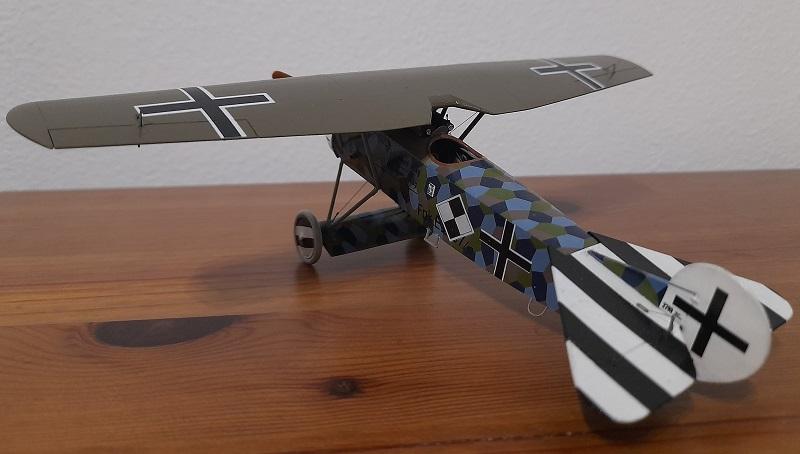
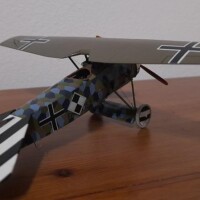
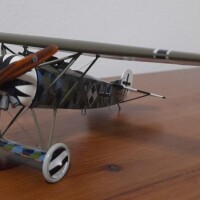
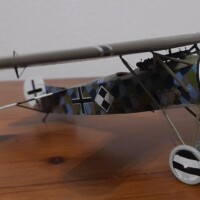
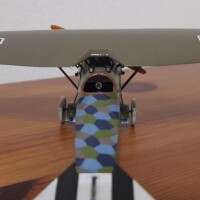
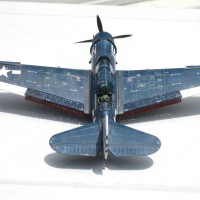
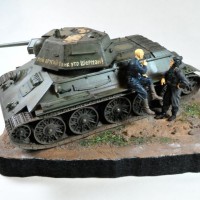

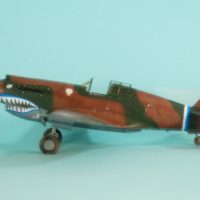
Beautiful work on this Fokker, Milan @milantesar
A very nice chosen scheme. Great article as well.
Thank you John.
This is a nice kit, and you have certainly gotten the most out of what was there. Very nice result.
Thank you Tom.
Excellent result as always anis very interesting historical facts, Milan!
Thank you Spiros.
It's not a biplane, but it still looks cool Milan. Another fine model with some interesting history with it, well done.
Thank you Ian.
Nice Fokker, Milan. What brand lozenge did you use?
Thanks John, I always use HGW and sometimes Eduard when the colors look right.
Milan: You did a magnificent job on this Fokker E. V. The simple little kit is spectacular, when finished to the high standard that you used. Every time I look at this model I see something else that is very well-done.
Congratulations on your very fine work!
Thank you Marvin.
Well done, Milan!
Thank you.
Another great looking Great War bird of prey!
Thank you Greg.
Well done model with an interesting history.
Thank you Chas.
Very nicely done Milan, beautiful result. I have a 1/72nd scale kit of a DVlll, probably the only 1/72nd WW1 plane I have because of the lack of rigging 😉
Thanks Clint, the strings aren't that hard once you get some practice. It's mainly about patience, which, of course, I sometimes lack. In addition, I only make larger scales, because at 1:72, I really can't see anymore.
Another beauty, Milan @milantesar! 🤩 You build some great models! 👏
Děkuji Gary.
Nemáš zač, Milan! 😊
Very nice result. I really like that lozenge scheme. @milantesar
Thank you John.